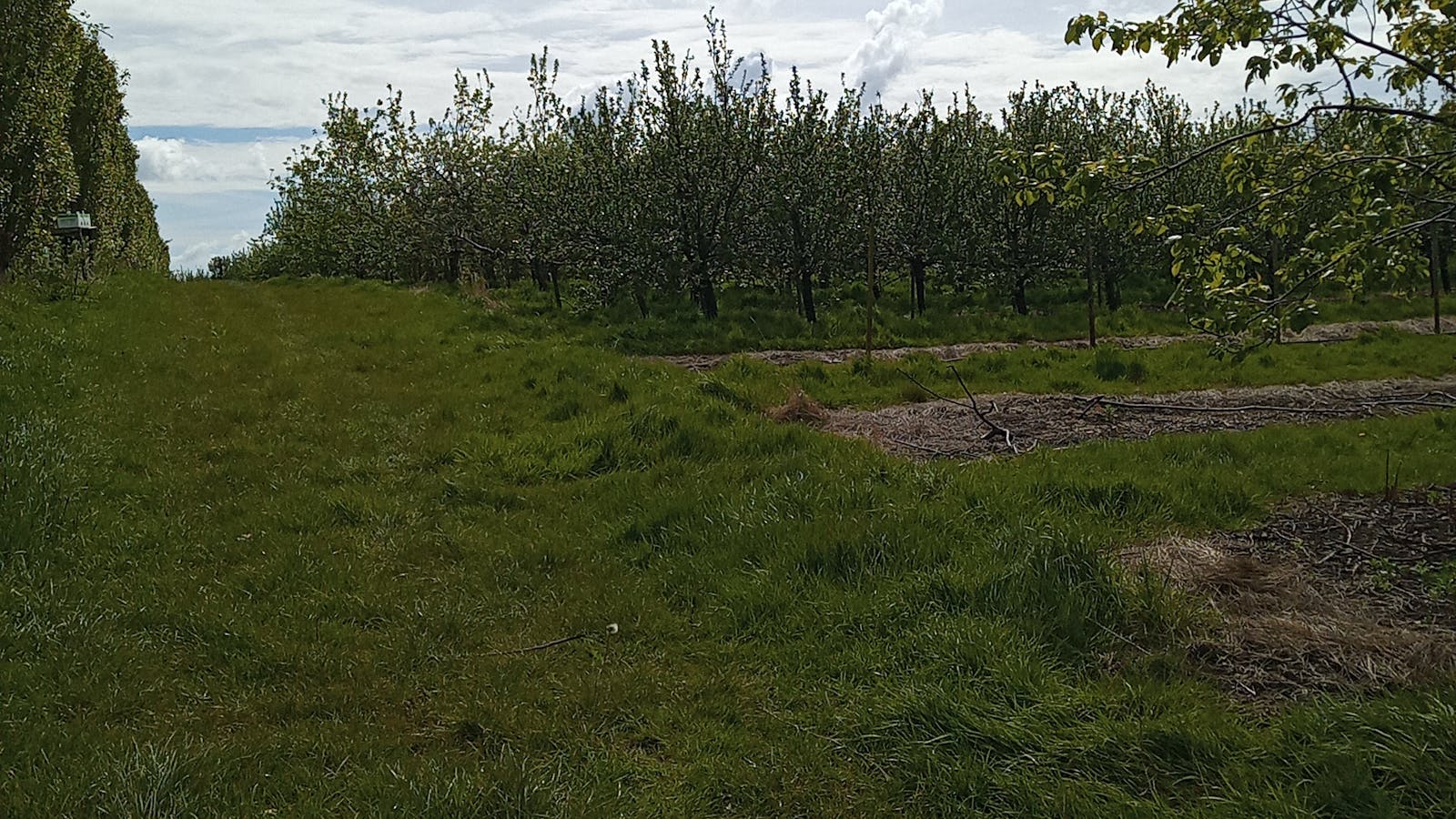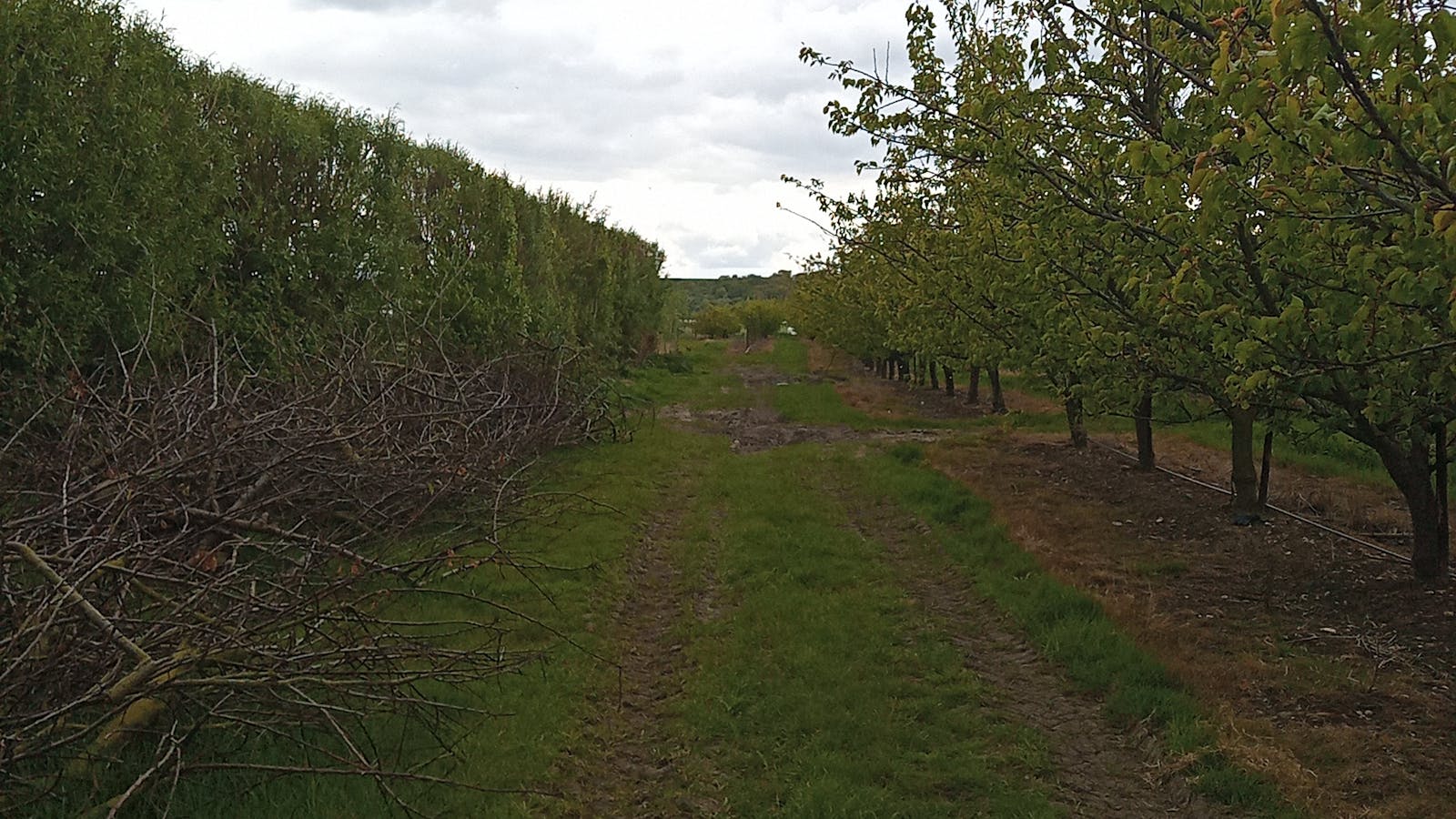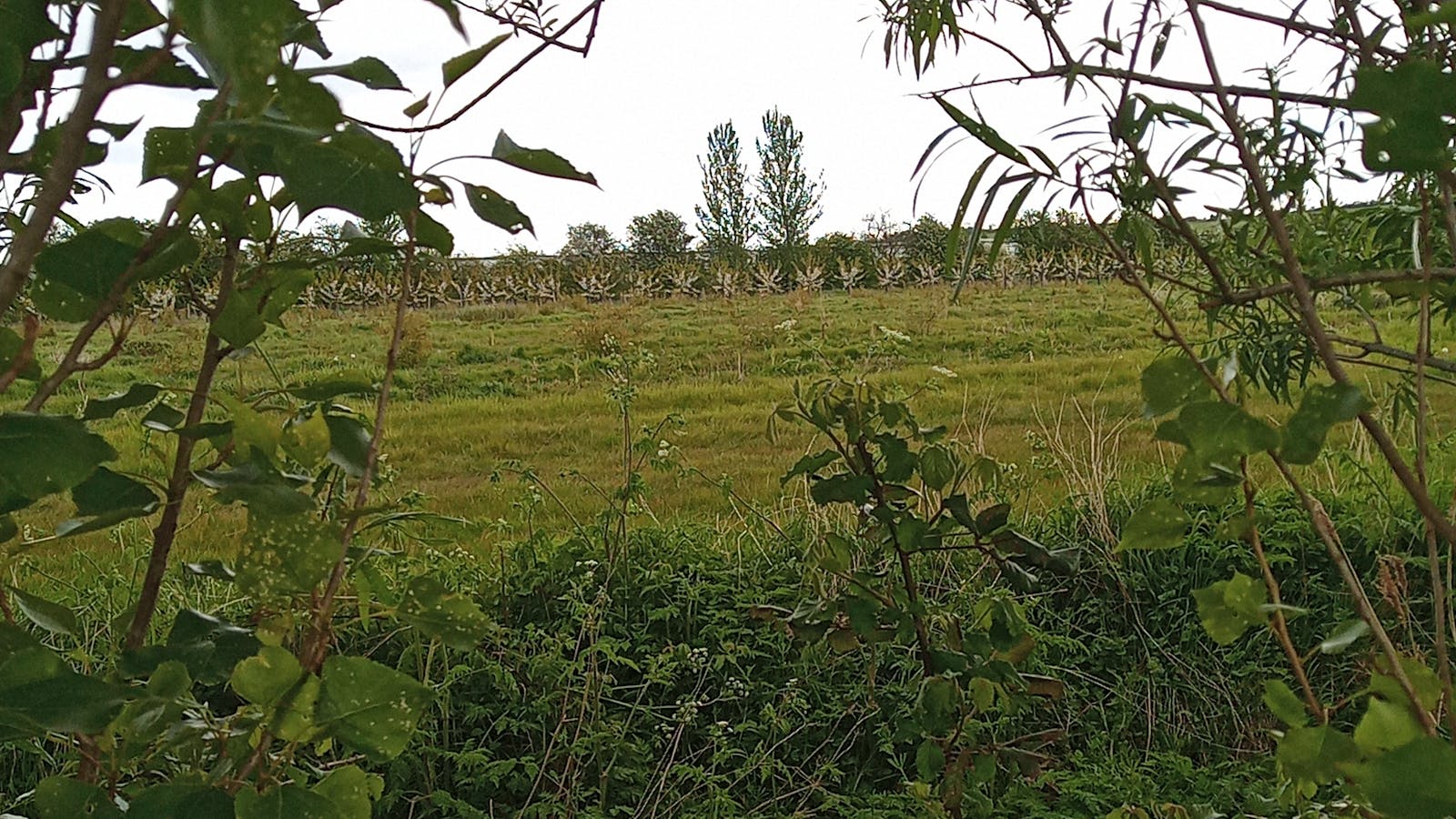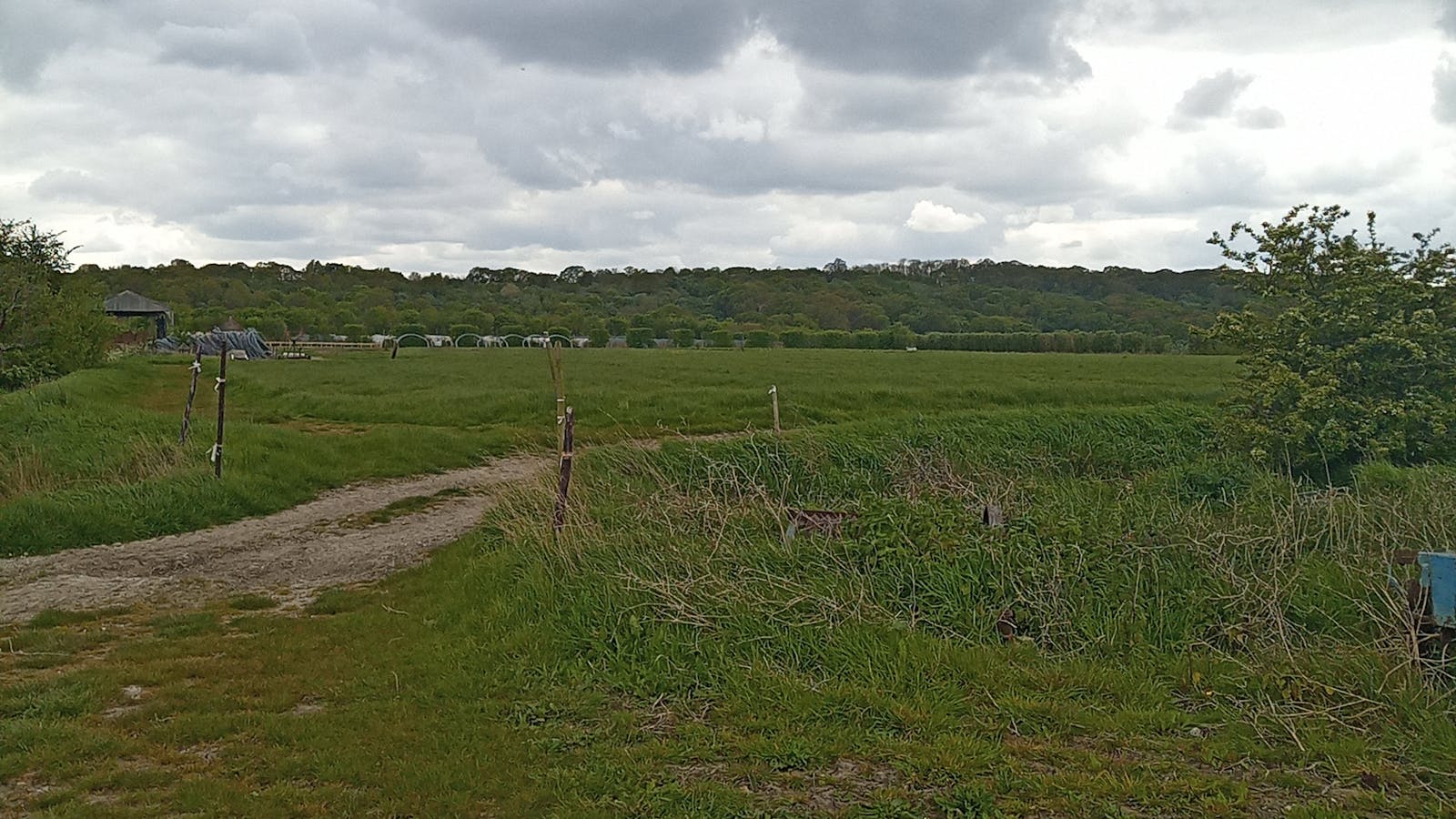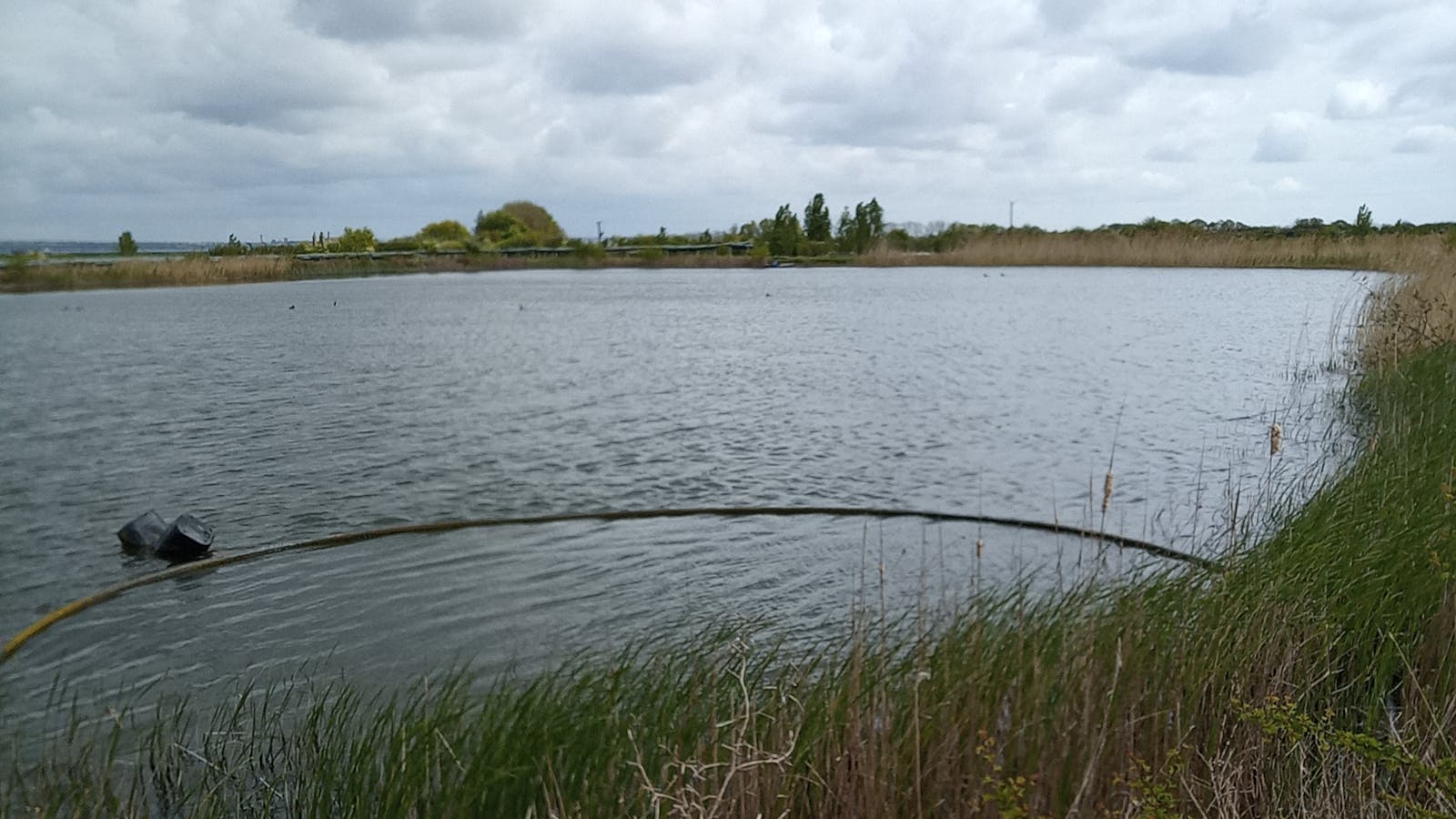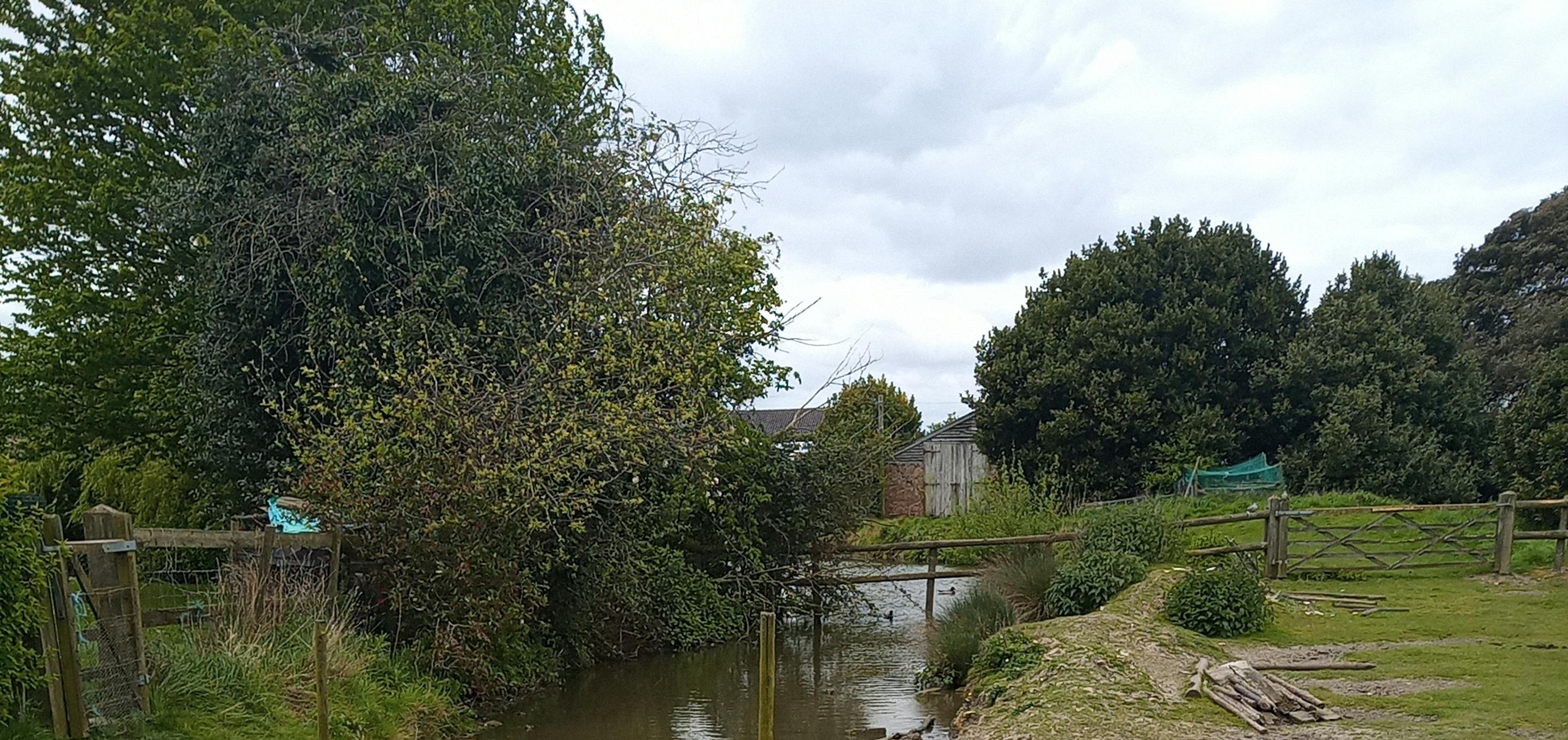
Decoy FarmBNG offset site
Local Planning Authority: Medway
National Character Area(s): Greater Thames Estuary
OS grid ref: TQ 78682 77020
Postcode: ME3 8SR
What3words: ///lions.trading.trapdoor
Habitat units available - Surveyed 2024
A total of 185.08 habitat units 31.72 hedgerow units and 8.34 watercourse units are available from the following habitat types:
Grassland
Coastal and floodplain grazing marsh (High Distinctiveness) - 2.88 units
Other neutral grassland (Medium Distinctiveness) - 139.81 units
Modified grassland - 3.48 units
Heathland and Shrub
Mixed scrub (Medium Distinctiveness) - 6.89 units
Woodland
Wet woodland (High Distinctiveness) - 8.87 units
Other woodland; broadleaved (Medium Distinctiveness)- 19.73 units
Wetland
Reedbeds (High Distinctiveness) - 0.02 units
Ponds and Lakes
Ponds (non-priority) - 1.98 units
Ponds (priority) - 1.41 units
Hedgerows
Native hedgerows - 0.30 units
Species-rich native hedgerow - 11.38 units
Species-rich native hedgerow associated with bank or ditch - 2.90 units
Species-rich native hedgerow with trees - 0.89 units
Species-rich native hedgerow with trees associated with bank or ditch - 16.20 units
Watercourses
Ditches - 8.34 units
Site description
Decoy Farm is a fruit farm extending to some 55 ha and lies around 2 km north of High Halstow, Rochester. Nestled between important wetlands and a nationally important woodland, it sits within arguably one of the best areas for wildlife in Kent. The site is well placed to provide ecological connectivity and create new habitat for some of the 75,000+ waterfowl that visit the area each year.
The majority of the site currently consists of temporary grass and clover ley, intensive orchards and horticulture, with areas of modified grassland.
To expand and buffer the connecting marshlands habitats, the North and West parts of the site will become coastal floodplain grazing marsh with a network of new ditches and ponds. This habitat will provide more opportunities for wintering birds such as avocet, ringed and grey plover, dunlin, knot, black-tailed godwit, and redshank that frequent the Thames Estuary area.
The South of the site will establish a new broadleaved woodland, helping to expand the adjacent ancient woodland. A scrubby border at the woodland edge will provide nesting and feeding habitat for a wide range of birds that use dense scrub for shelter while feeding in the adjacent fields of open grassland.
The rest of the site will be turned to other neutral grassland.
In addition, the site presently contains 3.9 km of native hedgerows. These hedges will be enhanced to be species-rich, and 1 km of additional species-rich hedgerows will be planted to create green corridors and provide more sites for birds to nest and feed.
Fill out a form at the bottom of this page or email your development's BNG metric to bngenquiries@adonisblue.org.uk for a free BNG consultation.
These units are valid for a maximum of two years, provided site conditions do not significantly change. If more than two years have lapsed between the site survey and habitat works being undertaken, an updated survey will be necessary to ensure recommendations remain valid.

Habitat Transitions


Site photos
